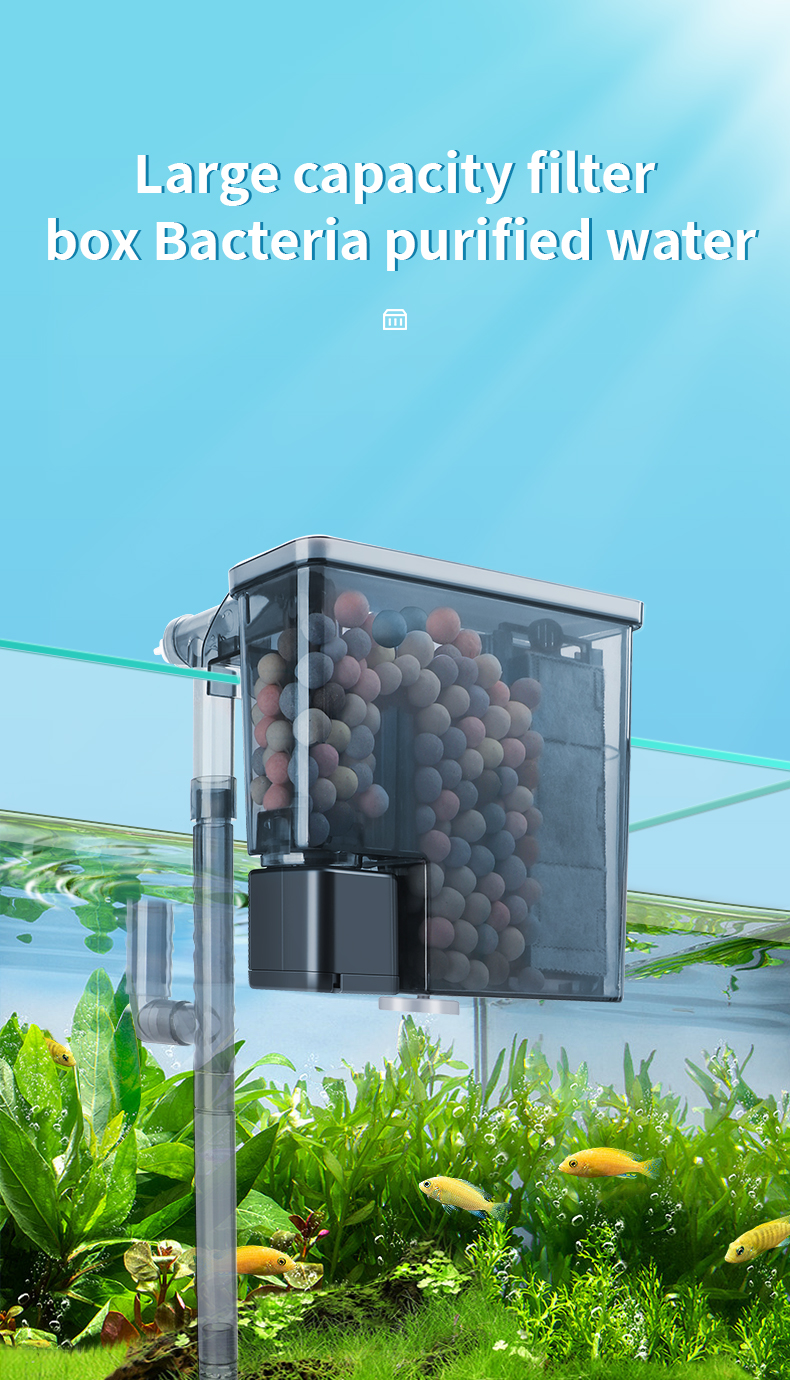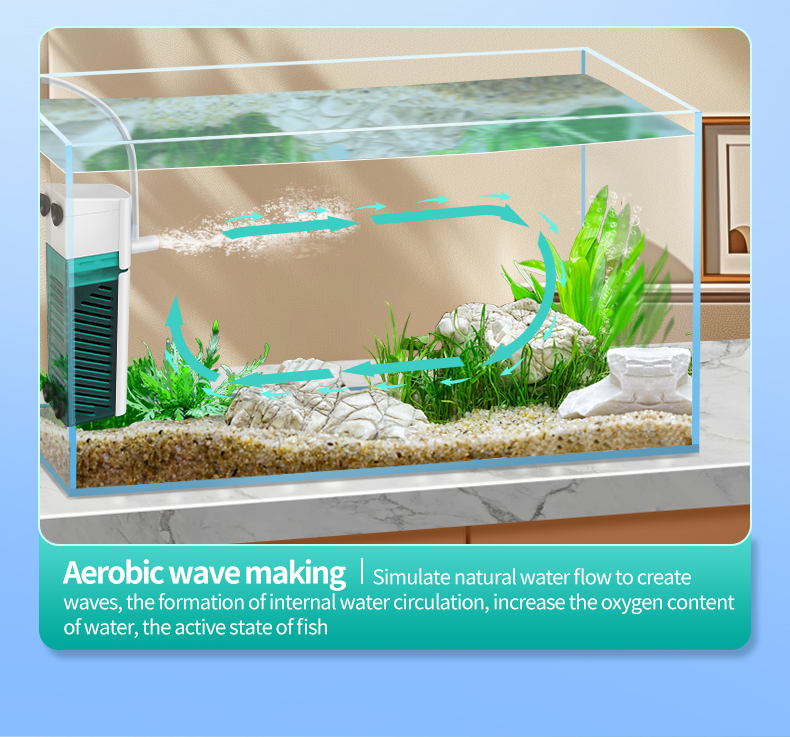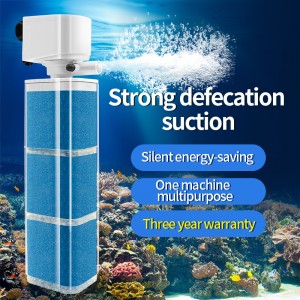Setting up an aquarium can be an exciting and rewarding experience, but one of the most important decisions you need to make is where to place the filter. The filter is a crucial component of your aquarium’s ecosystem, as it helps maintain water quality, remove waste, and provide a healthy environment for your fish and other aquatic inhabitants. In this article, we will explore the best locations for placing your aquarium filter to ensure optimal performance and aesthetic appeal.
Consider the Type of Filter
Before deciding on the placement, it’s essential to understand the type of filter you have. There are several common types of aquarium filters, including hang-on-back (HOB) filters, canister filters, and sponge filters, each with its own ideal placement.
Hang-On-Back Filters
Hang-on-back filters are one of the most popular types of aquarium filters due to their ease of use and affordability. As the name suggests, these filters are designed to hang on the back of the aquarium. They typically draw water from the tank, pass it through a series of filter media, and then return the cleaned water back into the tank. The ideal placement for a hang-on-back filter is on the back wall of the aquarium, near the top. This allows the filter to draw water from the surface, where waste and debris tend to accumulate, and helps maintain proper water circulation. Additionally, placing the filter at the top ensures that the water return is directed towards the surface, which can help oxygenate the water.
Canister Filters
Canister filters are another popular option, especially for larger aquariums. These filters are more powerful and versatile than hang-on-back filters and are typically placed outside the aquarium, either on the floor or on a stand. The water is pumped from the tank into the canister filter, where it passes through various stages of filtration before being returned to the tank. When placing a canister filter, it’s important to consider the plumbing. The intake and return hoses should be positioned in a way that allows for efficient water flow. The intake hose should be placed near the bottom of the tank to draw water from the lower levels, while the return hose should be positioned near the surface to ensure proper water circulation and oxygenation. Canister filters are often hidden behind the aquarium stand or within the aquarium’s background decor to maintain an aesthetically pleasing appearance.
Sponge Filters
Sponge filters are a simple and effective option for smaller aquariums or for use as a supplemental filter. These filters use an air pump to draw water through a sponge, which traps debris and provides biological filtration. Sponge filters are typically placed inside the aquarium, either on the bottom or attached to the side. The ideal placement for a sponge filter is in an area with moderate water flow, such as near the middle of the tank. This ensures that the filter can effectively capture waste and debris while also providing a suitable environment for beneficial bacteria to thrive.
Think About Water Flow and Circulation
Proper water flow and circulation are essential for maintaining a healthy aquarium environment. The placement of your filter should be designed to promote adequate water movement throughout the tank. Dead spots, where water flow is minimal, can lead to the accumulation of waste and debris, creating an unhealthy environment for your fish. When placing your filter, consider the direction and strength of the water flow. For example, if you have a hang-on-back filter, you can adjust the position of the water return to direct the flow towards a specific area of the tank, helping to create a more uniform water circulation pattern. Similarly, with a canister filter, the placement of the return hose can be adjusted to ensure that water is distributed evenly throughout the tank.
Consider Aesthetic Appeal
While the primary function of a filter is to maintain water quality, it’s also important to consider the aesthetic impact of its placement. Filters can sometimes be bulky or unsightly, so it’s important to find a location that minimizes their visual impact. For example, if you have a hang-on-back filter, you can use aquarium decor, such as tall plants or rocks, to partially conceal the filter. Canister filters can be hidden behind the aquarium stand or within the background decor, making them virtually invisible. Sponge filters, on the other hand, are relatively small and can be easily concealed within the aquarium’s landscape.
Take into Account the Needs of Your Fish
Different fish species have varying preferences when it comes to water flow and tank layout. Some fish, such as bettas, prefer calm water with minimal flow, while others, like danios, thrive in environments with stronger currents. When placing your filter, consider the specific needs of the fish in your aquarium. For example, if you have fish that prefer calm water, you may want to position the filter in a way that creates a gentle flow, such as by directing the water return towards the surface. On the other hand, if you have fish that enjoy swimming against the current, you can position the filter to create a stronger flow in a specific area of the tank.
Choosing the right placement for your aquarium filter is a crucial step in maintaining a healthy and thriving aquatic environment. By considering factors such as the type of filter, water flow and circulation, aesthetic appeal, and the needs of your fish, you can ensure that your filter is positioned in a way that maximizes its effectiveness while also enhancing the overall appearance of your aquarium. Whether you have a hang-on-back filter, a canister filter, or a sponge filter, taking the time to carefully plan its placement will help create a beautiful and functional home for your aquatic pets.
Post time: May-19-2025



